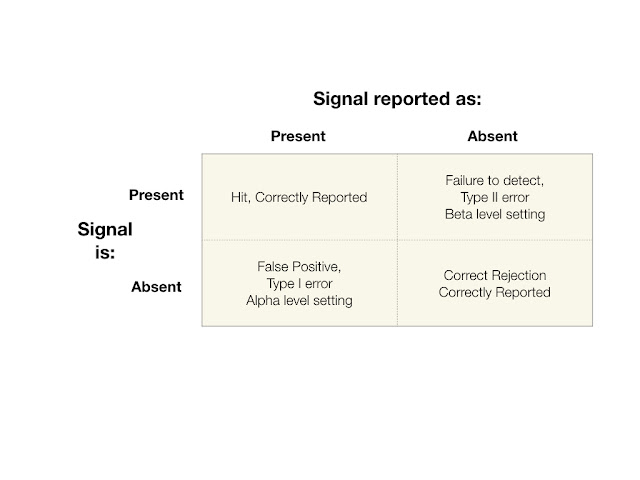I've published two articles in this blog related to drug related deaths. Since then, I've gone back to CDC's Wonder Database (https://wonder.cdc.gov) in order to use their most recent data to rework my models and predictions. What I found shocked me. As you will see below, the number of death reported by the New York Times in the linked article was not 72,300 as reported. It was 73,990 in 2017. The number that the Times reported was well beyond the number that I had predicted in my worst case scenario for 2017 of 69,000 drug related deaths. The updated year 2017 number I extracted from Wonder showed that my worst case number of drug related deaths for 2017 was low by an additional 1700 deaths for a total prediction error of: low by 3,990 deaths.
Putting my error in perspective: approximately 2240 died in the Pearl Harbor attack; in the 9/11 attacks, 2, 977 people died; from 774 SARS around 2004 and that was a world-wide health crisis; I could go on. This cannot be considered anything other than a catastrophic crisis.
Going Back to the Source
I decided to go back to the Wonder database and reexamine the drug death data. This time I included the actual data from 2017 to see how the new data would effect my original predictions.
I queried Wonder for all the drug-related deaths from 1999 to 2017. To understand trends, the best measure is the "crude rate." Crude rate is the number of deaths per 100,000 population. It's similar to a percentage of the population, but instead of 100 being the denominator, it's 100,000.
The results are shown below.
1999 to 2017 Drug Related Deaths (CDC Wonder)
I recalculated my trend line and found that a 4th order equation provided by far the best fit for the data. In fact this trend line appears to provide a nearly perfect description of the data. My original trend lines (including my worst case trend line) were second order equations. The worst case trend line was based on the data from 2008 to 2016. On the other hand new equation was based on all the available data. The last two years have shown a substantial uptick in the crude rate.
The actual number of drug related deaths for 1999 to 2017 is shown below. The chart lists the actual number of deaths for each year.
1999 to 2017 Drug Related Deaths (CDC Wonder)
Based on this data we can clear see the effects of the widespread availability and use of fentanyl.
Projecting Into the Future
Based on the new data and the recalculated trend line, what are the predictions for the crude rate and the number of drug related deaths from 2017 to 2025.
Using the new equation, I projected might be expected for the future. That is shown in the two charts below.
Projected Crude and Number of Drug Related Deaths to 2025
I want to make clear that these are my projections, not the CDC or another organization. I also want to mention is that the last time I made future projections for drug related deaths, that even my worst case projections were substantially lower than what the actual data would show. So as bad as these numbers are, I consider them not out of the realm of possibility. Nevertheless, based on the equation the actual crude rate data, drug related deaths last year (2019) were over 100,000. And the number of drug related deaths could reach over 400,000 by 2025. That is a staggeringly high number and would make the opioid crisis the origination point for the worst epidemic in US history. With numbers like these US life expectancy will continue to trend downward at an accelerating rate.
My sense is that the drug related death rate will at some point level out or stop growing at this extremely high rate. However, as of this point, based on the data so far, these are the projections. It will take a couple of years, but I would be interested in knowing the actual number of drug related deaths that occurred in 2019. If the number is anywhere near 100,000, then it's clear that we are riding on a trend line of massively high numbers of drug related deaths into the future.






